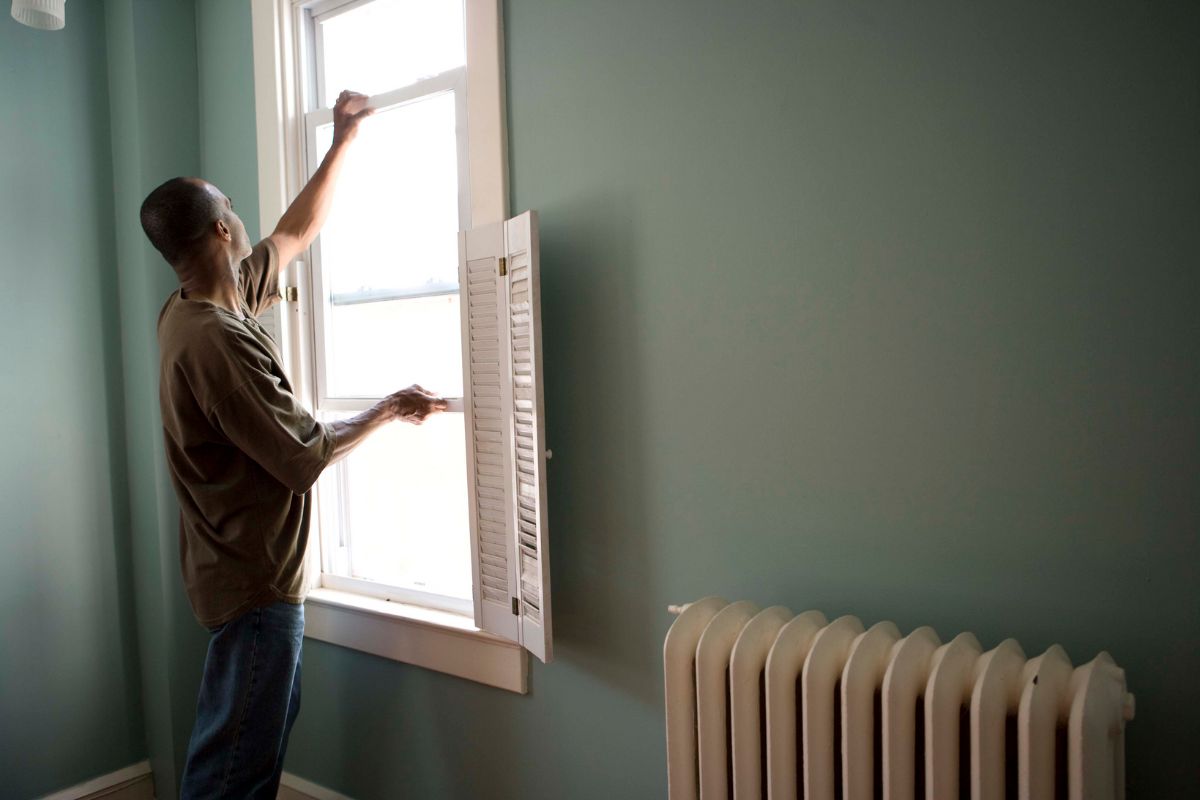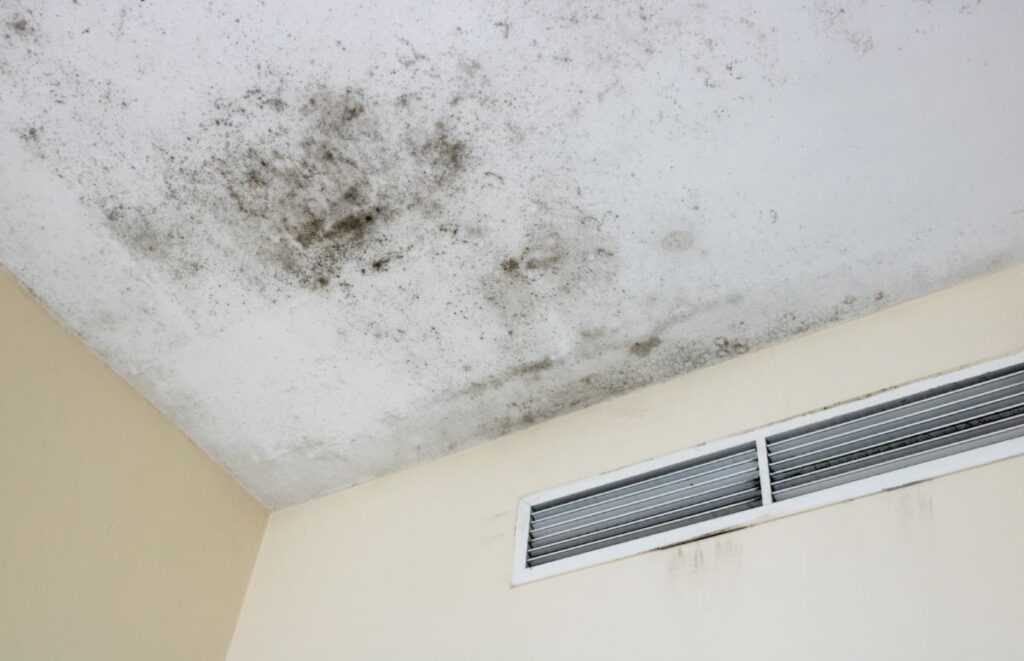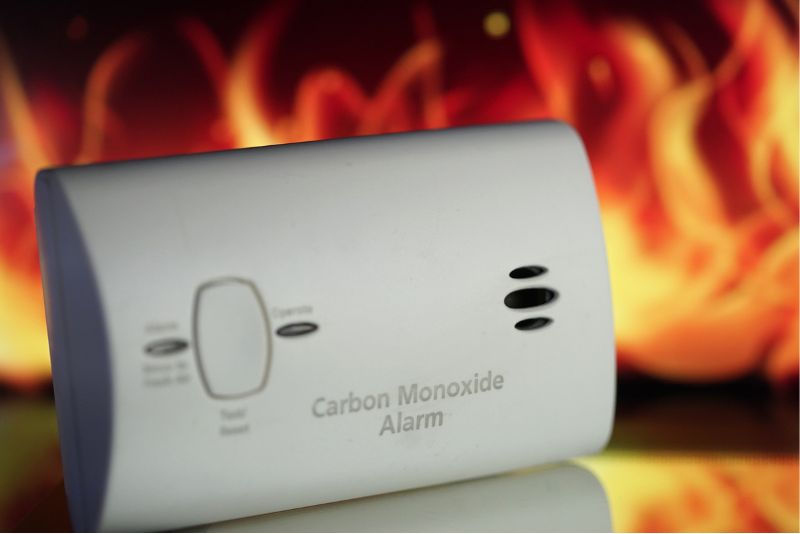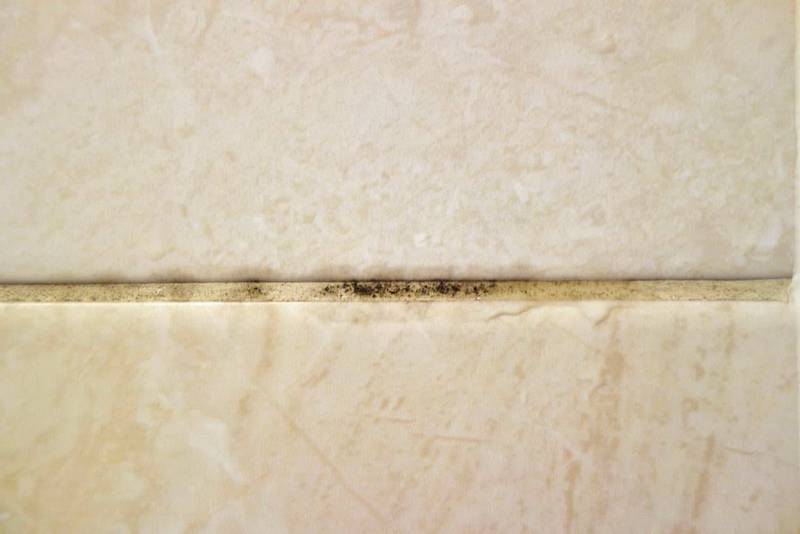Proper ventilation is essential to ensure good air quality at home. Over time, home ventilation deteriorates due to several factors, such as structural damage in the house and poor maintenance of HVAC appliances.
Thankfully, there are several ways to check if there is good air circulation in your home.
This article provides a schema with tips to check your home ventilation. Read on and tick the items on the list that apply to your house so you can decide if it’s time for an upgrade.

Do You Have Poor Home Ventilation? (Obvious Signs)
Poor home ventilation results in several obvious signs. Indications such as a musty smell that doesn’t go away, high humidity levels, allergic reactions among family members, and discoloration on wooden furniture and tiles can all indicate a poorly-ventilated house.
How to Check Your Home Ventilation Level
Besides these blatant indications, there are several measures you can take to determine the quality of your home’s ventilation.
1.) Check the Humidity Level Inside Your Home
One clear sign of poor home ventilation is a feeling of dampness that doesn’t subside without using dehumidifiers or air conditioners. Sometimes, these appliances are not enough to lower very high humidity levels.
Several common home activities, such as cooking and bathing, can raise the amount of air moisture or water vapor. If your house has good air circulation, a slight increase in humidity shouldn’t be a problem. However, this humidity can build up to harmful levels with poor ventilation and cause some health problems.
The most common tool used to measure humidity is the hygrometer. Many homes have digital hygrometers, which can read the relative humidity and air temperature inside the house. It is much more accurate and easier to use than analog ones.
There are many low-cost but reliable digital hygrometers to choose from. They can help you monitor the humidity level at home to take necessary actions to lower it to safer levels.
2.) Pay Attention to the Musty Smell
Another unpleasant sign of poor home ventilation is the musty smell that doesn’t go away. It may temporarily dissipate when you switch on the air conditioner, but it could be because the cool air slows down the movement of air particles.
As a result, you don’t smell the odor as much, but you’ll still get a whiff of it. However, when you turn off the AC, the musty smell becomes more noticeable as the air warms again.
The stench reoccurs because molecules in the air move faster at higher temperatures, allowing the stimuli to reach your nose more quickly.
Such an odor comes from the buildup of molds on various surfaces in your home. The high humidity encourages the growth of mildew and the spread of its distinct musty smell. And since polluted air cannot escape, the odor gets stronger over time.
3.) Look for Mold Buildup
The musty smell is the first noticeable indication of mold buildup. However, some people have severe allergic reactions to pollutants in a home with poor ventilation. Such conditions hinder them from detecting the characteristic smell of molds.
If you have such a reaction and cannot depend on your sense of smell, you can search for mold in your home. It typically grows in areas with plenty of moisture, such as cracks in the wall or windows. You can also inspect the water pipes for leaks.

If your home’s had poor ventilation for a long time, mildew can grow on your wallpaper and underneath your carpets. Constantly moist wooden furniture can also support mold growth.
Residents naturally tend to turn on the air conditioner to relieve the dampness in the room. But, unfortunately, the process can pull in more contaminants from outside and lead to the spread of spores to other parts of your home.
Unless you address the issue of poor home ventilation and extract polluted air out of your house, it can be challenging to eliminate mildrew.
4.) Check Your Wooden Furniture for Signs of Decay
In addition to mold, various other fungi can thrive in a moist environment. They can settle on your wooden furniture and cause decay, especially for wood products that contain approximately 30% moisture content.
Wooden furniture coated with a water-resistant synthetic finish is less susceptible to decay caused by wood-rotting fungi. However, cracks or crevices in furniture that allow water to seep in can make the inner layer of the wood vulnerable to termites.
Termites are also an indicator of poor home ventilation because they also prefer a moist environment to survive. Poor air circulation and high humidity can significantly slow down the drying of the wood.
These pests can feed on the wood and create openings for fungi to pass through and proliferate. Wood fungi and termites usually co-exist, and it doesn’t matter which inhabited your wooden furniture first. They each can make the wood condition conducive for the other to thrive.
If the decay starts inside and is challenging to find, you can look out for other signs, such as fine wood powder coming out of small holes. It’s a signal that termites are burrowing inside and consuming the wood even if the outside layer still appears shiny from the coating.
Alternatively, you can look for wood mites or mold on paper products like newspapers and old books. These materials draw in moisture when the relative humidity in your home is consistently above 65%.
5.) Check the Carbon Monoxide Levels
Over time, your kitchen and bathroom exhaust fans accumulate dirt that prevents them from functioning correctly. As a result, they cannot draw out smoke or remove polluted air from your home.
Using gas stoves and heaters can generate carbon monoxide (CO), reaching toxic levels if your house has poor ventilation. Left unattended, it can cause carbon monoxide poisoning that can lead to death.
Since this can be pretty alarming, many households install a carbon monoxide detector. Ideally, you should keep carbon monoxide levels below nine parts per million (ppm).

If you don’t have a detector, you can find signs of CO buildup at home. For instance, you’ll see soot stains on the walls or windows close to fire sources like gas stoves and fireplaces. However, these signs cannot tell exactly whether or not the levels are still tolerable.
6.) Check Your Electricity Bill
If your air conditioners and exhaust fans are dirty, they will work harder to improve the air quality in your home. Habitual neglect can cause these appliances to perform less efficiently while consuming much electricity.
It eventually results in higher electricity bills. So if you haven’t remarkably increased your electric consumption but the bills keep rising, it can be a sign that your HVAC appliances are malfunctioning and it’s time for an upgrade.
Unusually high electricity consumption can also indicate poor home ventilation since a less efficient HVAC system cannot promote proper air circulation.
7.) Look for Condensation on Glass Windows and Surfaces
Warm and moist outside air makes it inside your home through your HVAC system or cracks on the walls or windows. As it enters a space with a lower temperature and hits cool surfaces, the air condenses into water droplets.
If there’s condensation on the windows, there’ll most likely be moisture buildup in other parts of your home, albeit in less noticeable areas.
You can run your fingers over smooth and cold surfaces like:
- Table tops
- Kitchen tiles
- Unused appliances
If these places have condensation, your house has high humidity, likely due to poor ventilation.
8.) Inspect Your Tiles and Grout for Discoloration
As mentioned, moisture in the air can condense on cool surfaces, such as your kitchen or bathroom tiles. If many areas in your home have tiled floors, it will be easier to inspect them for discoloration. Check for dark green, blue, or black stains on the grout.

Kitchen and bathroom tiles are often moist due to everyday activities like cooking, showering, or bathing. So it isn’t unusual for moisture to build up on the tile and the grout between them. As a result, mold spores that reach such areas can proliferate.
However, if there is mold-induced discoloration on your living room tiles and grout, it can indicate unusually high humidity levels and poor home ventilation.
9.) Check Your Family’s Health
If your family members are showing cold or allergy symptoms, it can be due to the allergens present in the indoor air. Poor ventilation prevents the allergens from being removed from your home, resulting in several health issues.
For instance, poor air quality can aggravate the condition of people with asthma. Even healthy family members may start exhibiting symptoms that go away as they leave the house.
Such symptoms include:
- Dizziness
- Sneezing or runny nose
- Skin irritation
- Nausea
- Shortness of breath
- Sore throat
If you suspect you have poor home ventilation and someone has several symptoms listed above, immediately consult a doctor and a home ventilation expert to address the issue.—as mentioned, carbon monoxide poisoning can be fatal.
After 20 years of development, Holtop has carried out the enterprise mission of “makes air handing healthier, more comfortable, more energy efficient”, and developed lots of energy recovery ventilators, air disinfection boxes, single-room ERVs as well as complementary products, like air quality detector and controllers.
For example, Smart Air Quality Detector is a new wireless indoor air quality detector to Holtop ERV and WiFi APP,which helps you to check 9 air quality factors, including CO2, PM2.5, PM10, TVOC, HCHO, C6H6 concentration and the room AQI, temperature and humidity in the panel. Therefore, customers could through the detector screen or wifi app to check the indoor air quality conveniently instead of checking it by self's own judgment.

For more information, please visit: https://www.attainablehome.com/do-you-have-poor-home-ventilation/
Post time: Nov-16-2022







